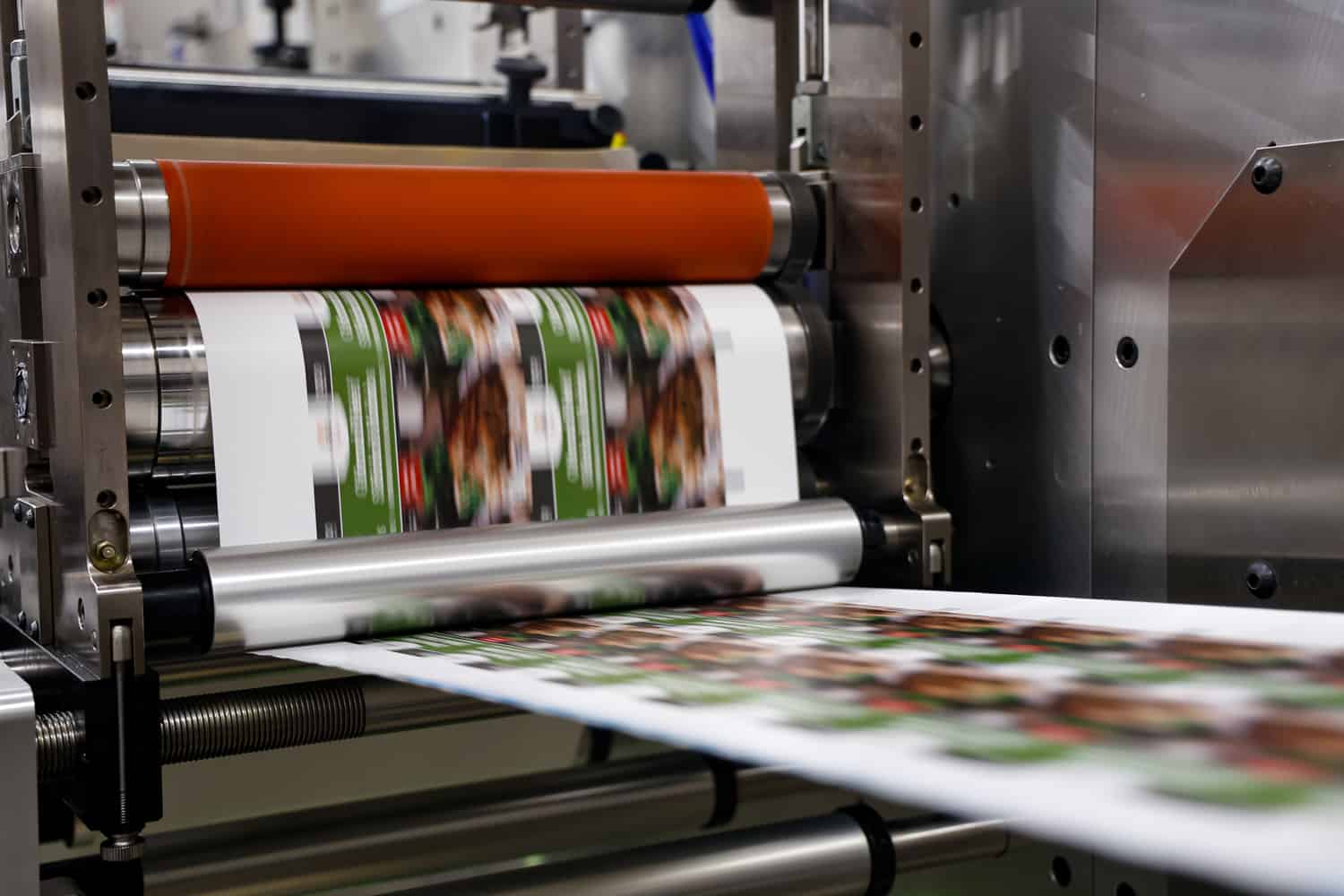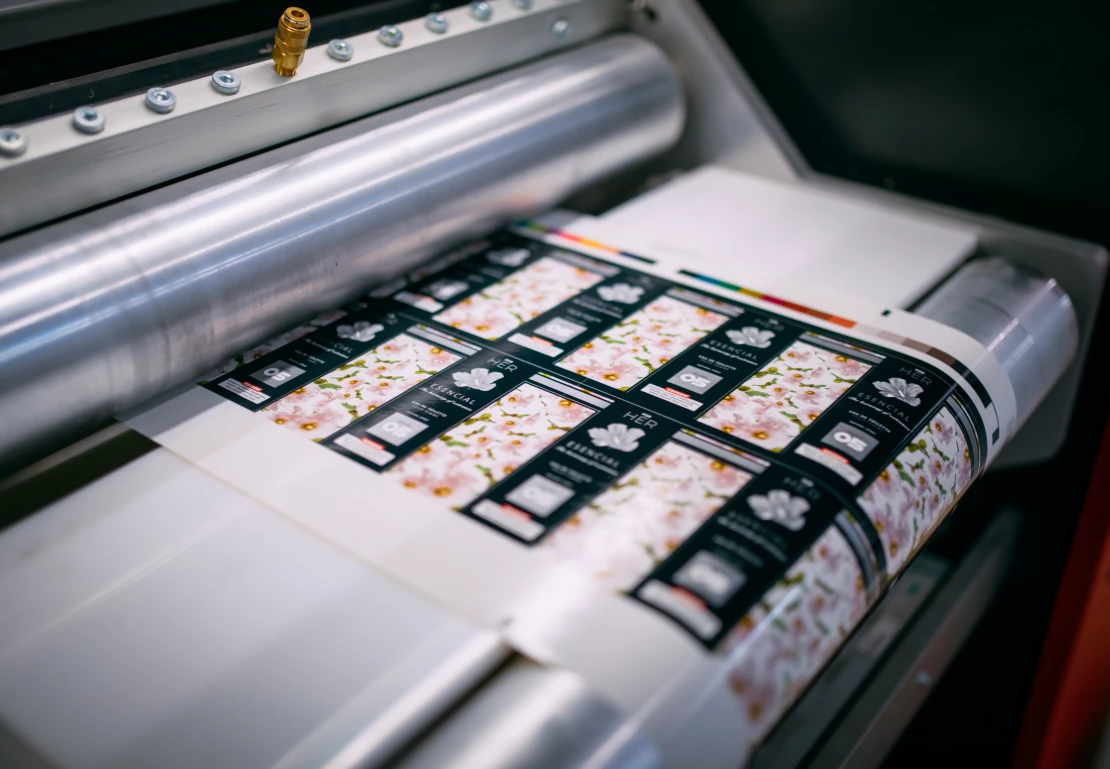
How to Label Baby Bottles: Tips for Tech-Savvy Parents?
Share
Labeling your baby's bottles goes beyond mere organization; its a crucial aspect for parents, especially tech-savvy ones who desire efficiency and ease. When asking how to label baby bottles, think about both practicality and safety. This guide covers everything from the materials you'll need to smart labeling systems that can be integrated with tech.
Whether you're a dad working from home or a busy tech professional, managing feeding time can become chaotic without a proper labeling system. In this article, well navigate through the best methods and tools for creating clear labels that suit any busy lifestyle.

Why Labeling Baby Bottles is Essential
Labeling baby bottles offers numerous benefits:
- Safety: Knowing whose bottle is whose can prevent mix-ups.
- Organization: Much easier to keep track of bottles, especially when caring for multiple children.
- Efficiency: Time-saving during feeding hours.
- Customization: Personal touches allow for creative expression.
Materials You'll Need for Labeling
Before we dive into the methods, lets gather the necessary materials:
- Label makers: A handy option is a digital label maker that can save time.
- Waterproof labels: Ideal for bottles that will be washed frequently.
- Marker pens: For a quick, DIY approach.
- Printable labels: Easily customizable using templates.
How to Create Effective Labels
So, youve gathered your materials. Now, how to label baby bottles effectively? Here are some practical steps:
1. Decide on the Labeling Method
Choose between affixed labels and writable surfaces. Affixed labels can be designed using tools on sites like Canva, while writable surfaces allow for easy updates when necessary.
2. Using a Label Maker
If you're opting for a label maker, set it up according to the manufacturers instructions. Select an appropriate font size, as smaller fonts can be difficult to read. Include important baby details like:
- Name
- Date
- Contents (e.g., formula type)
3. DIY Marker Method
If youre looking for a cost-effective approach, simply use a waterproof marker. Ensure the bottle surface is clean before labeling; this ensures better adhesion. Be sure to write clearly, and consider using color-coding for different types of milk.
4. Printable Labeling
Utilizing printable labels is a fantastic option. You can create custom designs and even incorporate QR codes that link to feeding schedules or dietary instructions. For guidance on printing labels, check out Avery's guide.
Innovative Labeling Techniques
For tech professionals looking for smart gadgets, consider these innovative solutions:
1. NFC Tags
Near Field Communication (NFC) tags allow you to wirelessly retrieve information about whats in each bottle by simply tapping your smartphone to the tag.
2. QR Codes
Integrate QR codes into your labeling process. By scanning the code with a smartphone, you can link to detailed feeding instructions or even dietary restrictions.
3. Smart Label Printers
Investing in a smart label printer can automate your labeling process. Some printers can sync with your home automation system, allowing you to print labels directly from your smartphone.
Best Practices for Keeping Labels Intact
Once you've labeled your bottles, it's important to ensure they remain intact and useful. Here are some tips:
- Apply labels correctly: Ensure the surface is dry and clean before applying labels.
- Use durable materials: Opt for waterproof and tear-resistant labels.
- Store properly: Keep bottles upright in your storage to prevent wear on the labels.
Maintaining Your Labels Over Time
Over time, labels can wear out or fade. Heres how to keep your labeling effective:
- Regularly check for wear and replace them as needed.
- Store bottles in a cool, dry place to prevent damage.

FAQs About Labeling Baby Bottles
Q1: What is the best method to label baby bottles?
A1: The best method depends on your needs, but using waterproof labels or a label maker is highly recommended.
Q2: Can I use regular stickers for labeling?
A2: Regular stickers might not withstand repeated washing or the elements. Use waterproof labels instead.
Q3: How often should I change my labels?
A3: Change your labels when they fade, peel, or when you change formulas or feeding instructions.
As an Amazon Associate, I earn from qualifying purchases.
